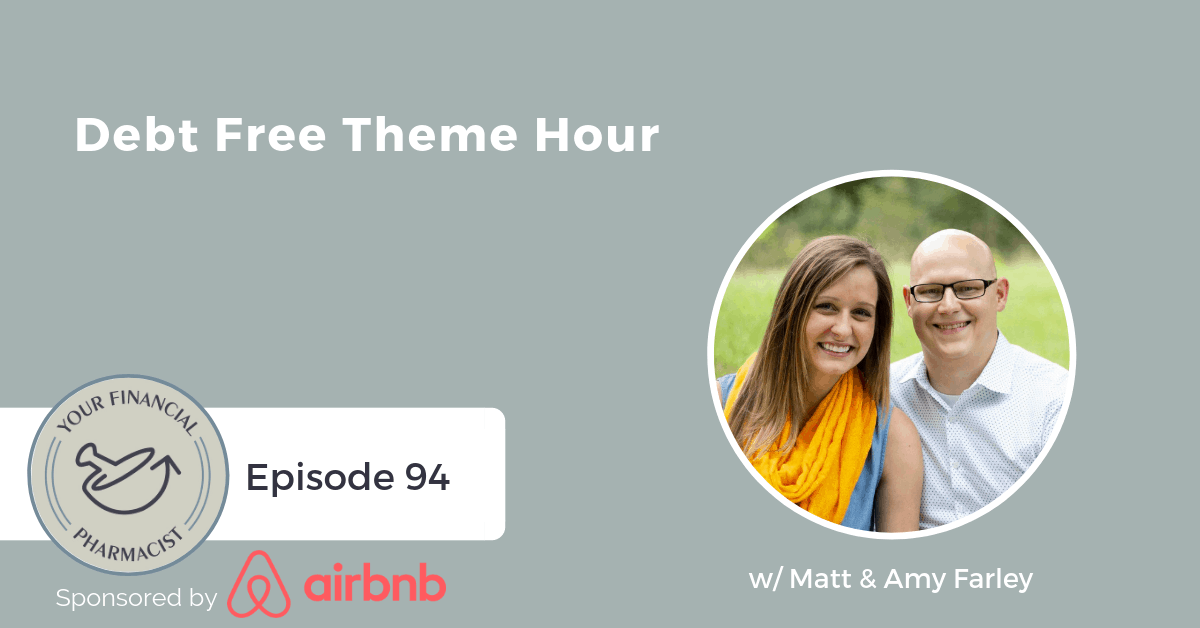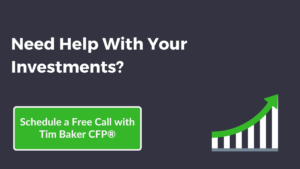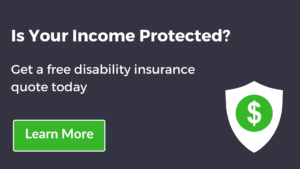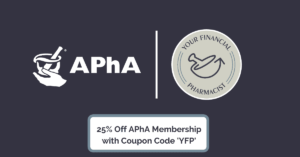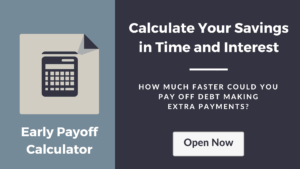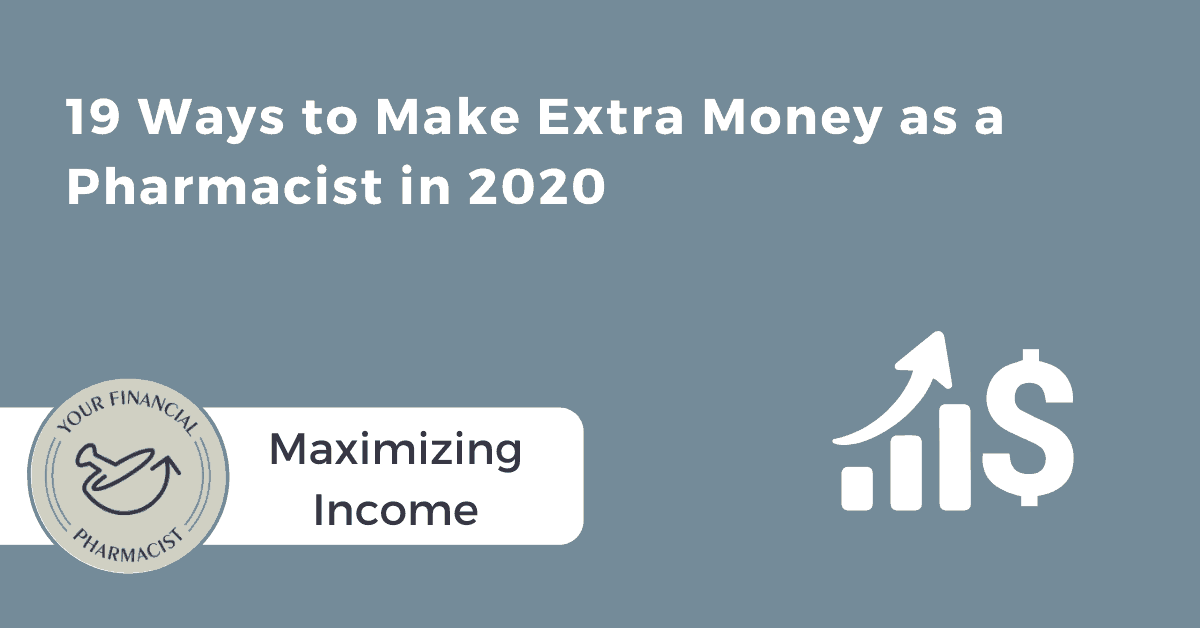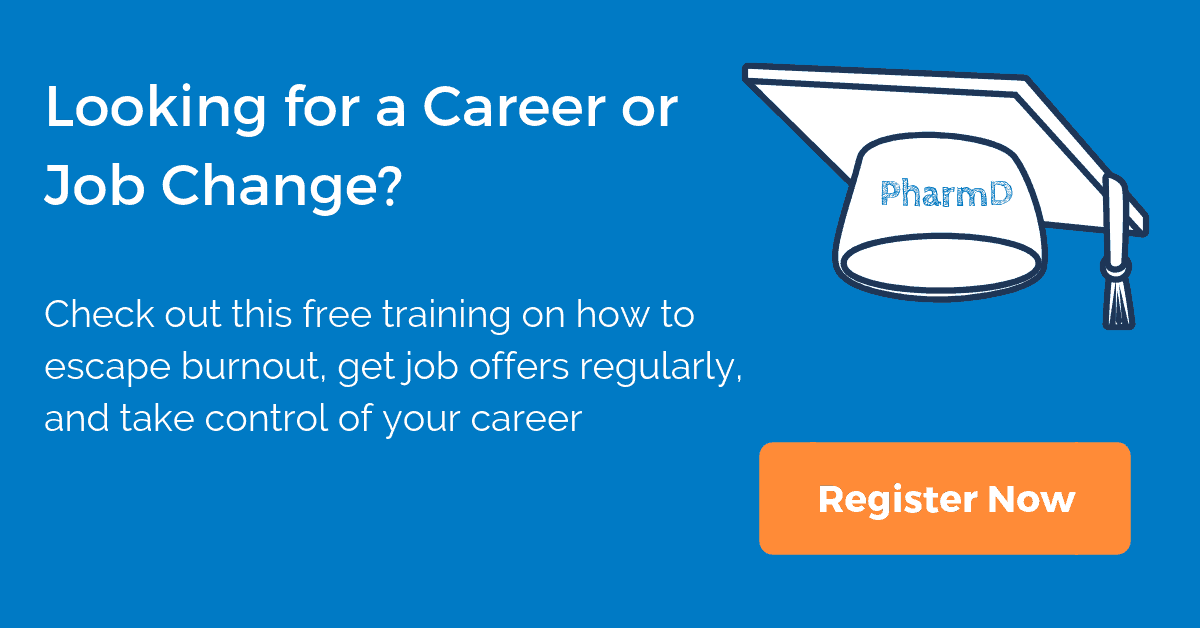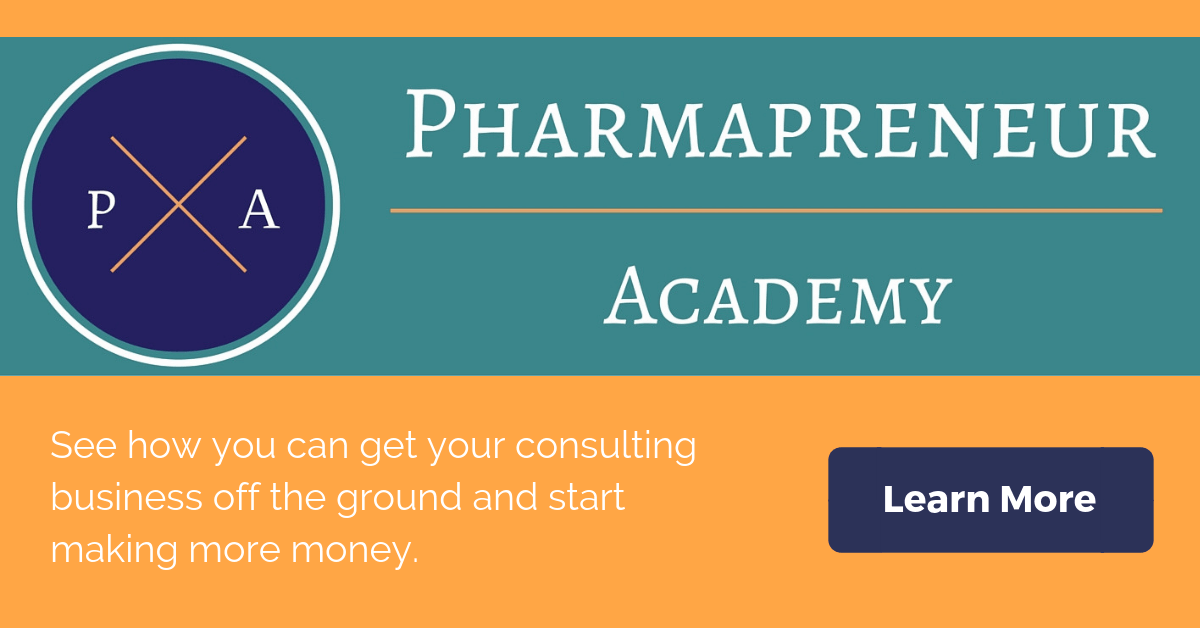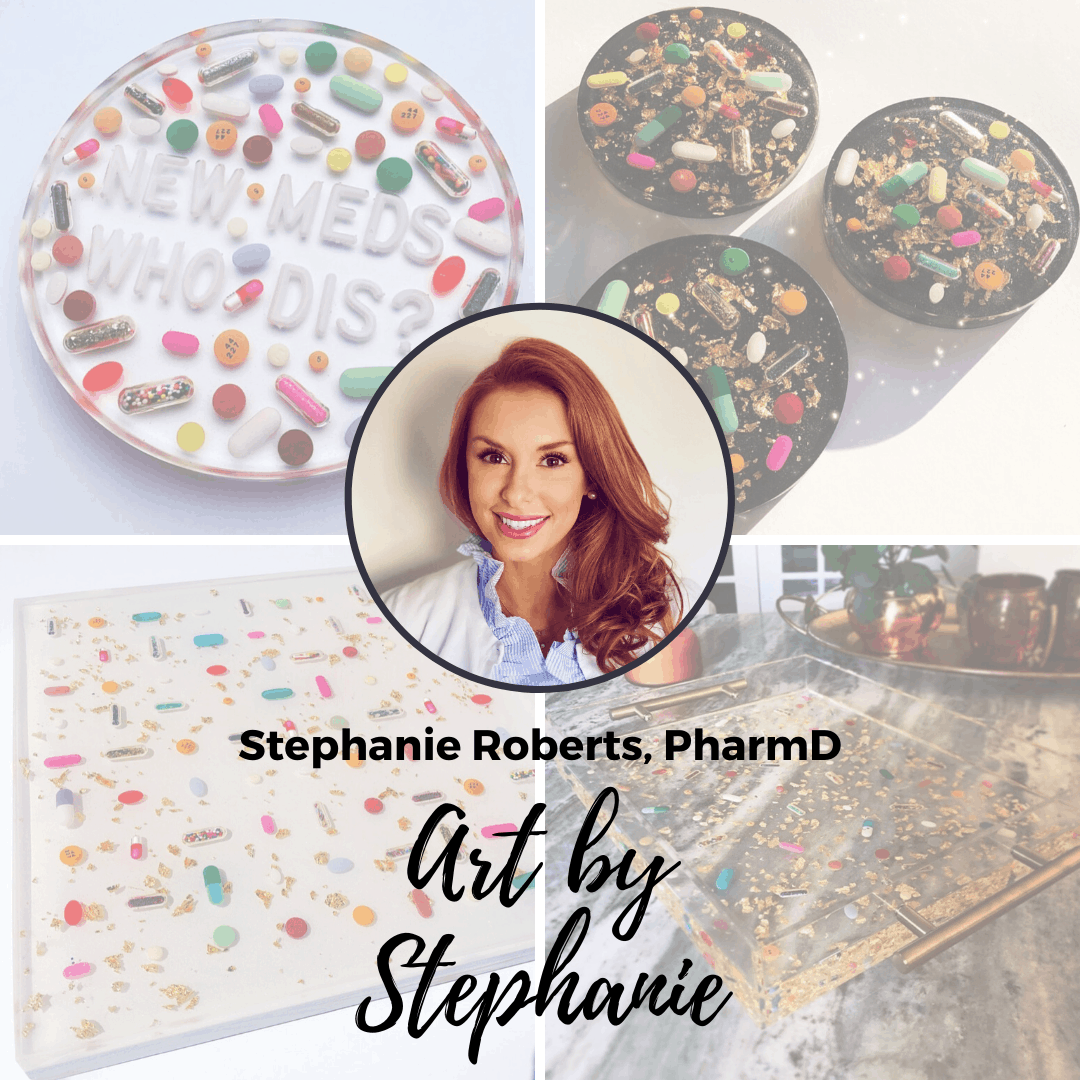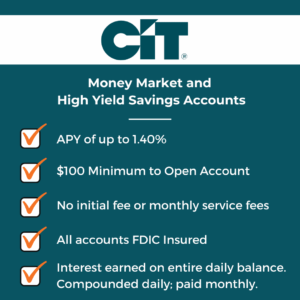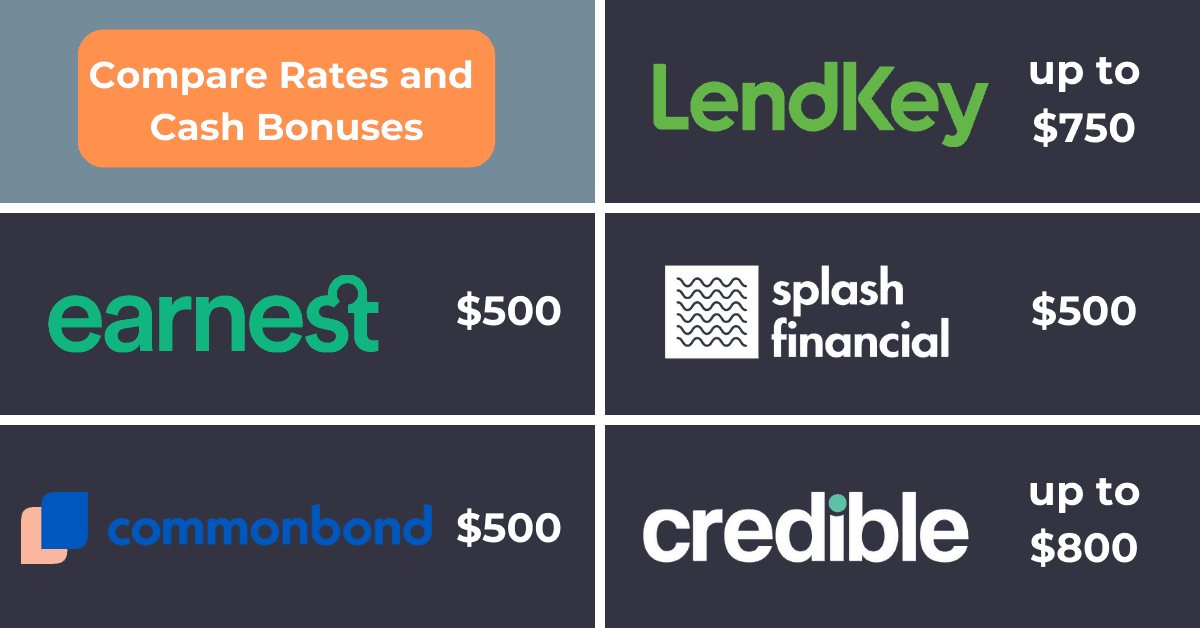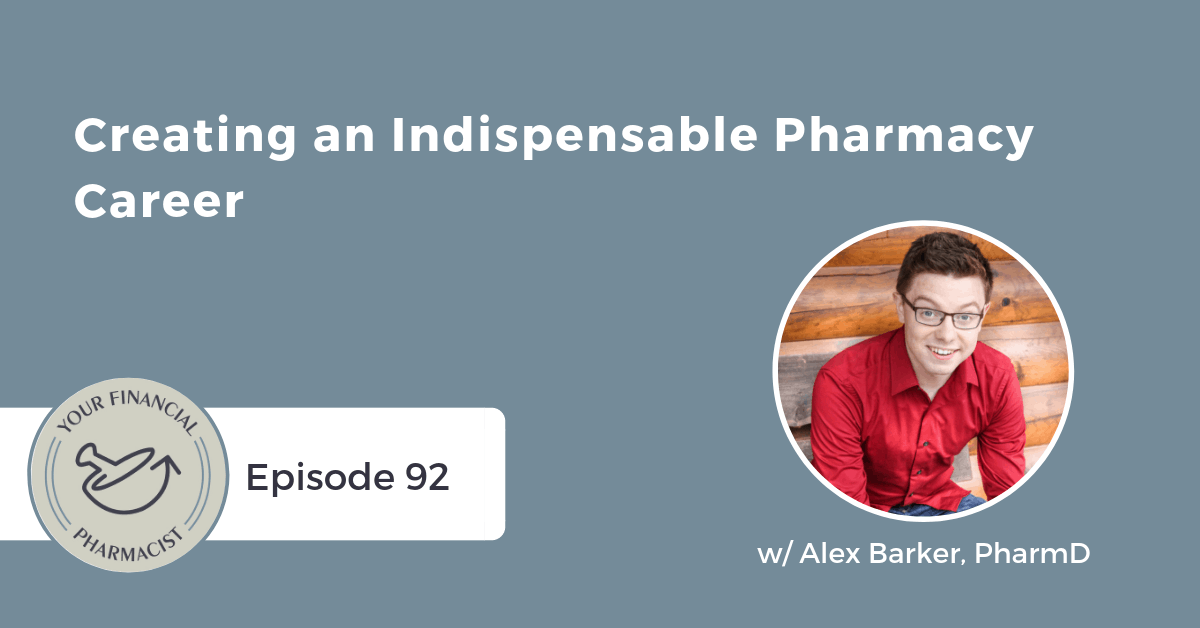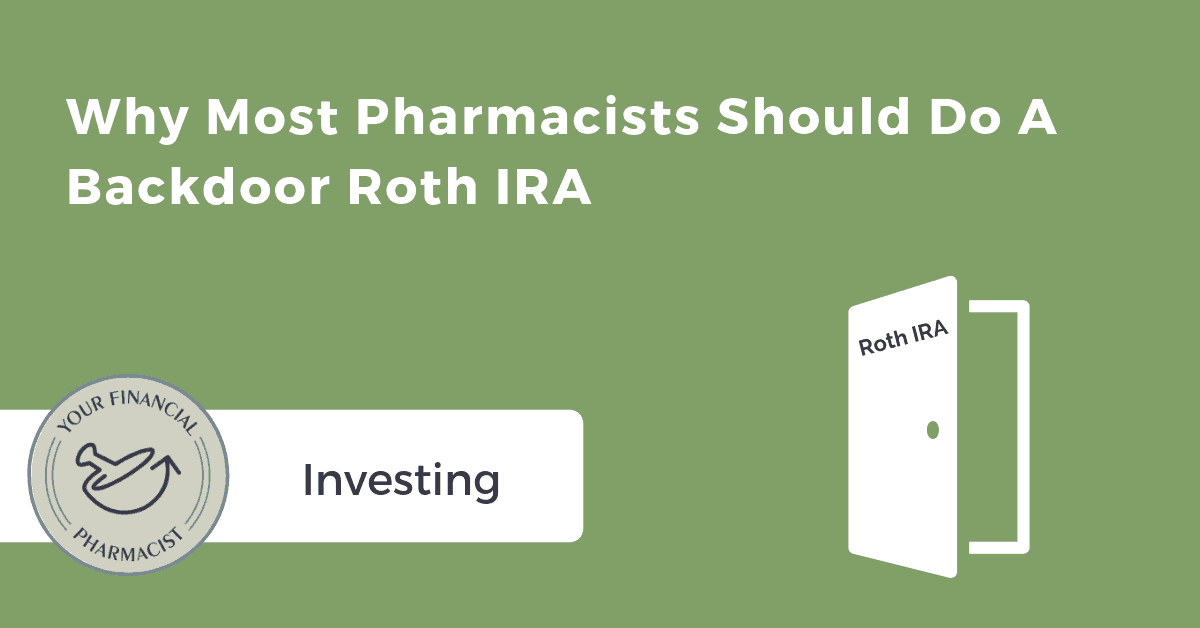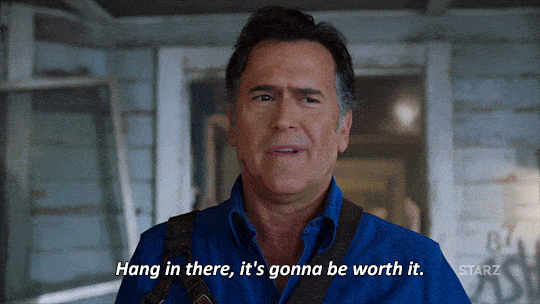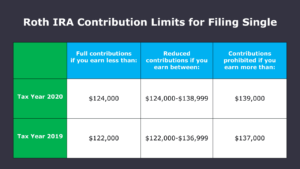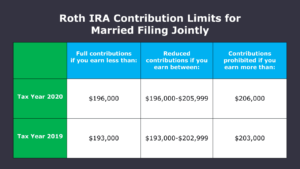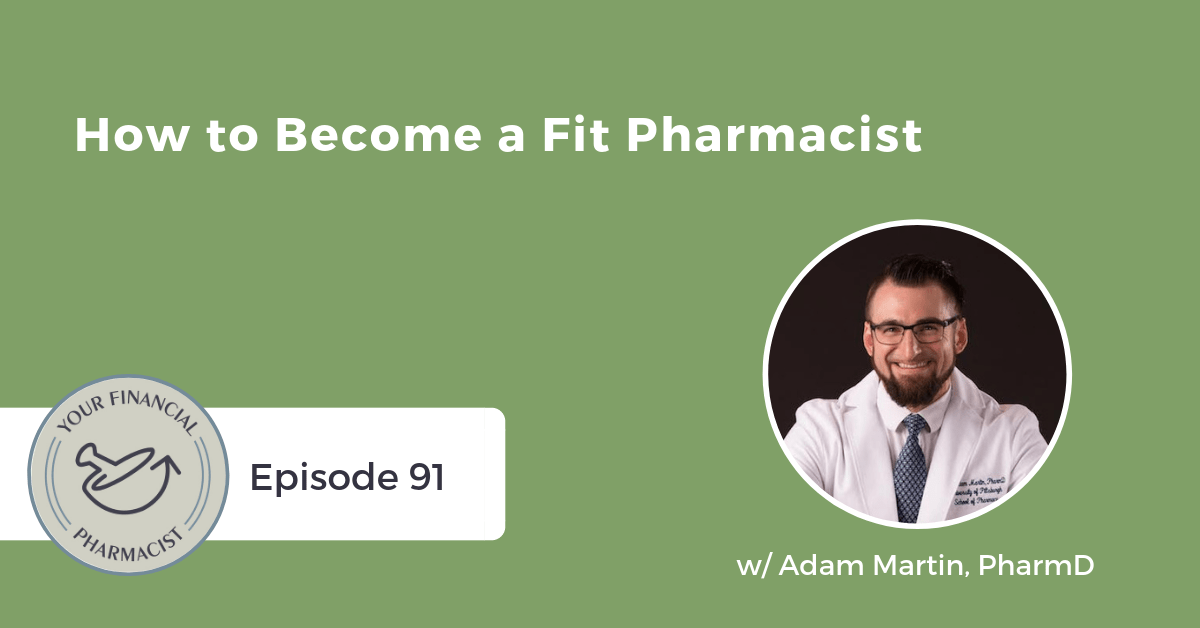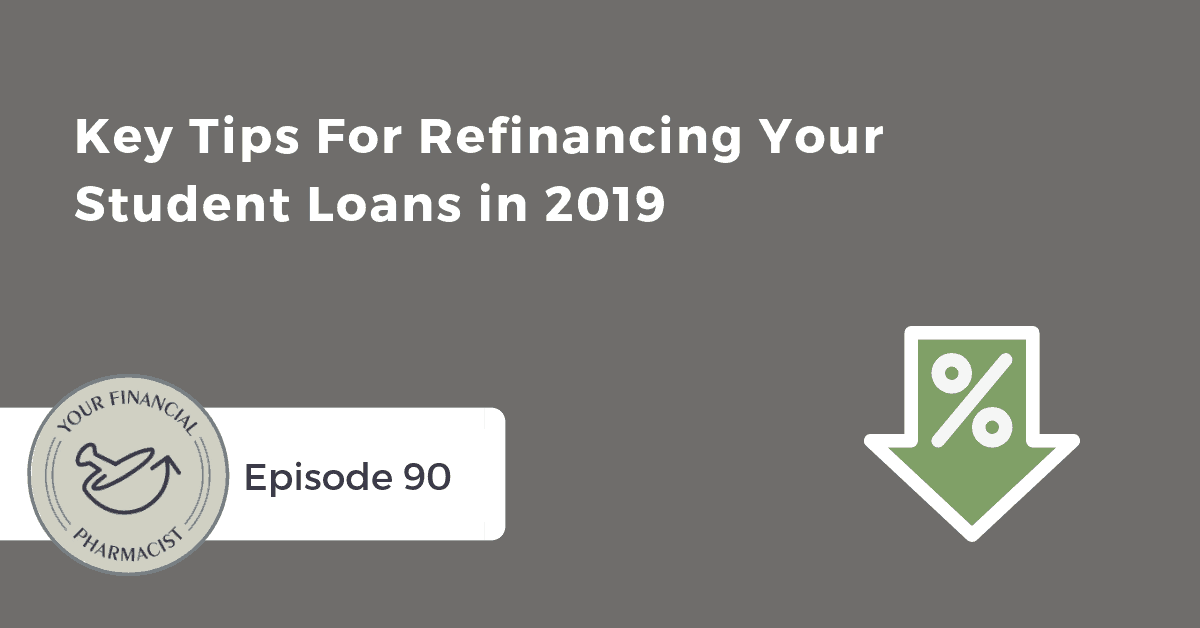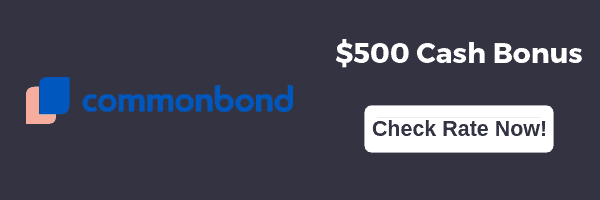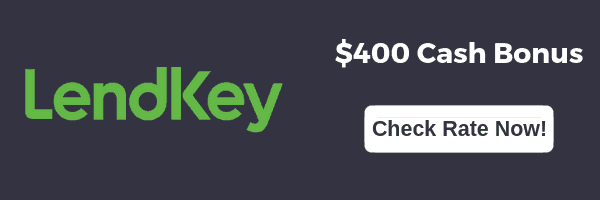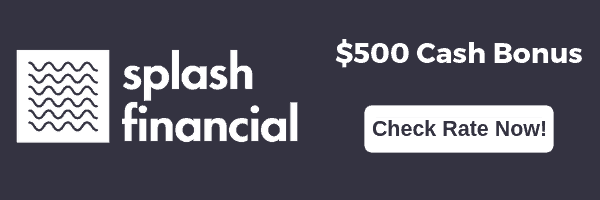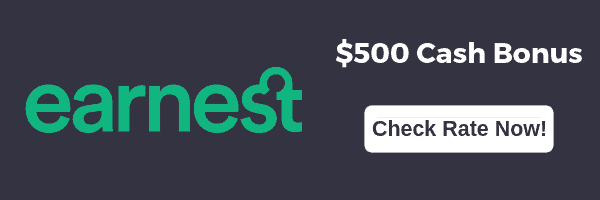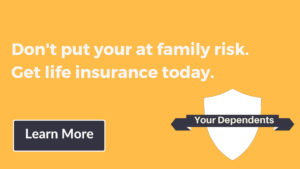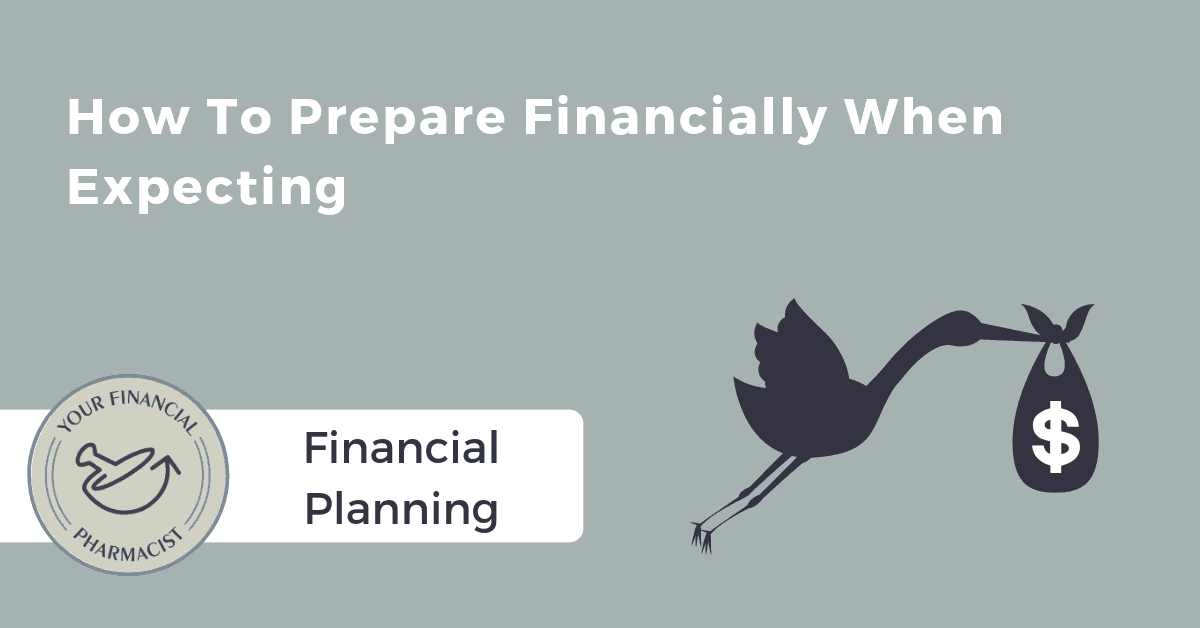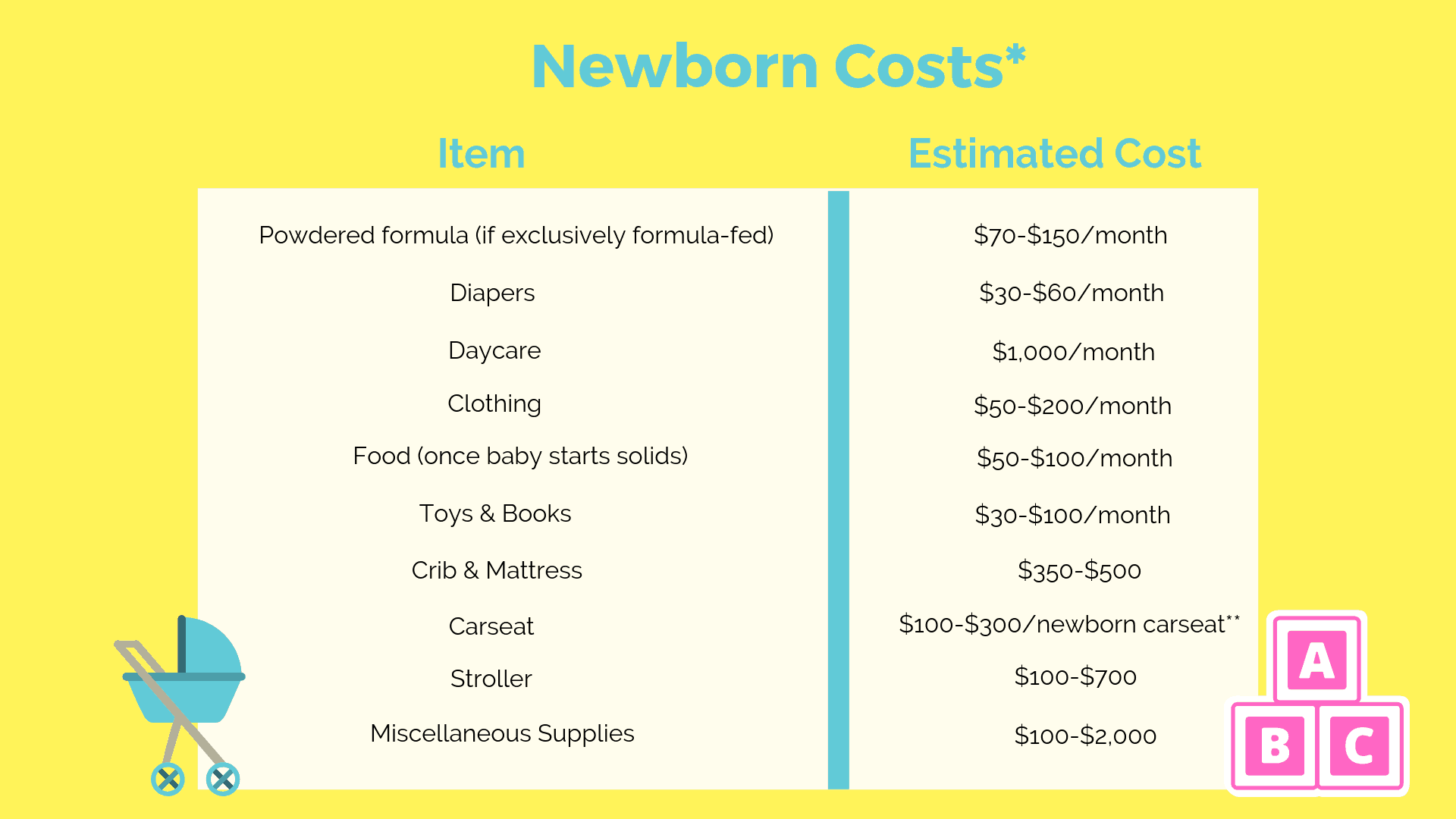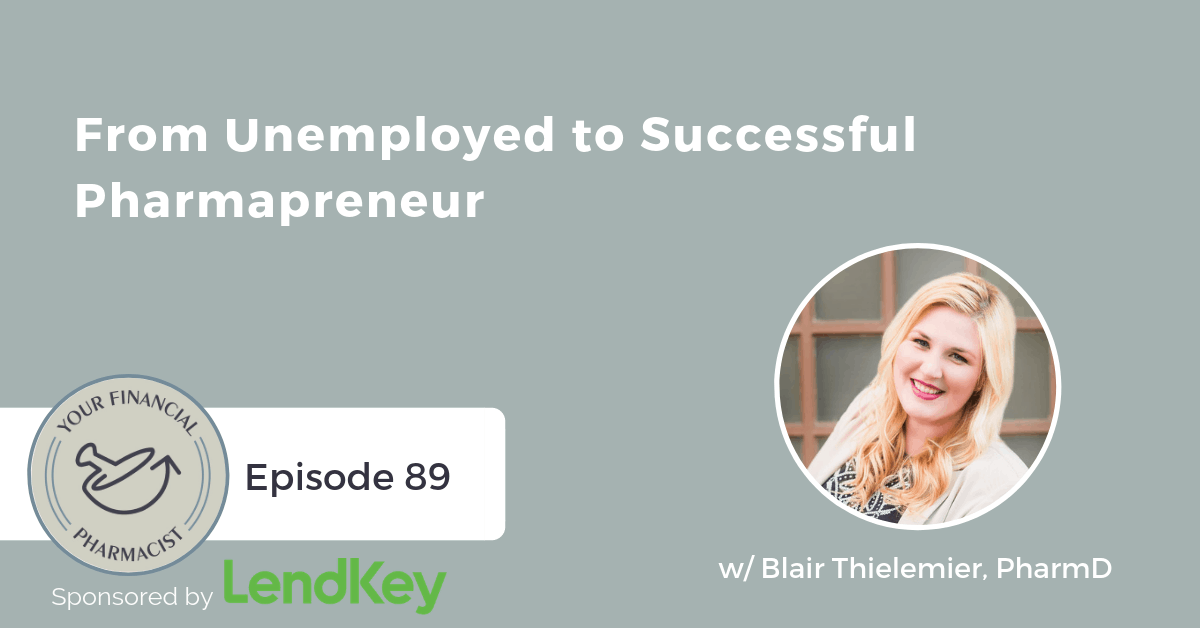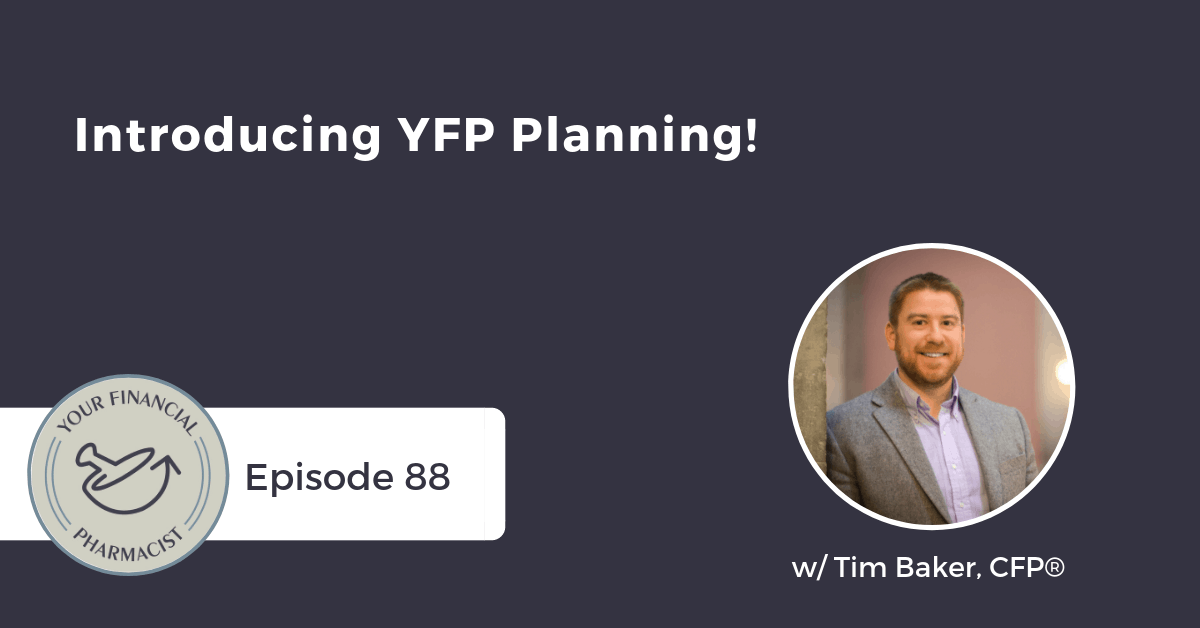Debt Free Theme Hour
On this debt free theme hour, sponsored by Airbnb, Tim Ulbrich welcomes Matt and Amy Farley who paid off $207,000 in just under 4 years. They talk about what motivated their journey, how they were able to work together and what’s next now that they are debt free.
About Today’s Guests
Matt and Amy have been married since 2011. Matt graduated from the University of Iowa College of Pharmacy in 2015 and has worked in the informatics space since then. Amy is a high school choir director at Washington High School in Cedar Rapids, IA. They have two kids and a dog named Millie.
Summary
Matt and Amy Farley share their journey of paying off $207,000 of student loans in 4 years. Matt accrued $60,000 of student loan debt from his bachelor degree and the rest in pharmacy school. When he graduated, his debt totaled $187,000. Fortunately, his wife Amy didn’t accrue any debt for her undergraduate studies.
Amy grew up in a frugal household where her parents didn’t make a lot of money but were able to provide them with a great upbringing. Amy says that her parents trained her and her siblings to budget and helped them find scholarships for their college education. With scholarships, Amy was able to complete her bachelor’s degree with no debt. She later completed her master’s degree which was cash flowed through their budget while she continued to work.
While Matt was in college, his view on money shifted. After reading Total Money Makeover by Dave Ramsey, he began to view possessions and money differently. Instead of seeing success marked by the purchase of a new car or large house, he saw monthly payments and debt. When Matt graduated, he saw a high debt number and realized that his take home pay wasn’t as much as he expected, even with a 6 figure pharmacist income. His motivation behind paying off his student loans quickly was that he wanted to be free of debt and have options in the future for other experiences. Amy’s motivation came from faith and wanting to be free from the control of money so that they could give back to others and their children, as well as have money for future goals and experiences.
Initially, Amy and Matt planned to pay off their student loan debt within 2 years. They realized that this trajectory wasn’t sustainable and “slowed” down how aggressive their payments were so that they could start a family and buy a house. The couple shares that their secret of success was found in their budget. They used the budgeting tool YNAB and created a zero-based budget so that every penny went somewhere. They talked regularly about their budget and made sure they were on the same page regarding large purchases and big financial decisions. They also used a debt snowball calculator in Excel to gain momentum to reach $10,000 milestones. Additionally, they were both paid biweekly which allowed them to budget with 24 yearly paychecks and use the additional 2 paychecks for larger payments or other goals.
Matt’s advice to those in pharmacy school is to minimize your lifestyle and not live off of your loans or take trips using them. He also suggests that residency, although can be very helpful for networking and specialized training, may not be necessary for everyone. If residency isn’t pursued, your higher income could be used to pay off your debt or work toward your financial goals.
Mentioned on the Show
- Airbnb
- YFP Community
- The Total Money Makeover: A Proven Plan for Financial Fitness by Dave Ramsey
- YNAB.
- YFP Budget Template
- Every Dollar
- Mvelopes
- Mint
- I Will Teach You To Be Rich by Ramit Sethi
- The Dave Ramsey Show Podcast
- YFP Podcast
- PBS: The Retirement Gamble
- Your Financial Pharmacist
Episode Transcript
Tim Ulbrich: Hey, what’s up, everybody? Welcome to this week’s episode of the Your Financial Pharmacist podcast. And we have a good one for you this week. I have Matt and Amy Farley with me, who paid off over $207,000 in just under four years. And they hit submit on that last payment of debt just a couple days ago as we’re sitting here doing this recording today. They’ve got a great story to share about their journey, what worked, how they have worked together effectively as a couple and now what is the future ahead that they’ve gone through this journey. You might remember, we asked you, the YFP community, what you wanted to hear more of on the podcast, and Debt Free Theme Hours was near top of that list. So we have another great one for you today. We’re going to hopefully continue to feature more of these into the future. So Matt and Amy, welcome to the show. And thank you so much for coming on.
Matt Farley: Hey, Tim. How’s it going?
Amy Farley: Thanks for having us. Hello.
Tim Ulbrich: Yes, excited. You have an incredible journey. We just talked briefly before the show, and I know Matt, you and I were messaging back and forth over the past couple months. But I am excited for our listeners to get a sneak peek into the journey that you went through. And it’s really incredible if you think about what you did. $207,000 of student loan debt in under a four-year period and just hitting submit on that last payment just two days ago. So first of all, congratulations on doing that. That’s an incredible accomplishment. And Matt, I’m guessing as you now log out of the Navient platform and you see that big $0, that has to be a great feeling, right?
Matt Farley: Yeah. Honestly, it doesn’t even feel real. You know? Like I’m so used to there being thousands and thousands of dollars on there that I just kind of started accepting that. But now, I log in and it says $0. It feels pretty good.
Tim Ulbrich: Yeah, it’s amazing when you log onto the platform and you see hundreds of thousands of dollars and, you know, we’ve talked before, it feels like Monopoly money. It doesn’t feel real, and sometimes, you send in those big payments, you don’t see the needle move very much. And I felt the same way when my wife and I hit this journey and we finished paying off our debt. Same thing, Navient platform, I was sitting at my kitchen table. I’ll never forget the moment, but it was like the fireworks, I needed them to come, and they never came. So it took awhile to really set in the reality of that. But you guys have a bright, bright future ahead. So Matt, why don’t we start with your background in terms of undergrad and then into pharmacy school? Tell us a little bit about your journey and some of the debt that you accrued along the way in terms of both undergrad and pharmacy school and then obviously, that collectively being the large part of the debt that you were working through paying off.
Matt Farley: Yeah, yeah, absolutely. So I went to undergrad. I did four years at the University of Northern Iowa and accumulated about $60,000 of debt. Wasn’t super wise with how I paid for school. I kind of lived on loans and paid for tuition all at the same time. Then I went to pharmacy school at the University of Iowa, accumulated the rest of the debt. Actually kind of going through pharmacy school got some pretty good scholarships that paid for a little less than half of pharmacy school. But you know, it just seemed like it still accumulated to when we graduated being at about $187,000. And so luckily and fortunately, my wife Amy didn’t have any debt from undergrad. So that was kind of the number we were looking at when I graduated pharmacy school. And so you know, after pharmacy school, I took a job as an IT pharmacist. My background’s in IT, in informatics, and I’ve been a part of a couple startup companies along the way and in pharmacy school and so was able to land that job out of school and just felt really motivated at that point to knock out this debt. And so that’s the number we started with, and yeah. Now I’m working as an informatics pharmacist for a pharmaceutical company.
Tim Ulbrich: Thank you for sharing. And Amy, talk us a little bit through your background. And as we talked before the show, my understanding is you grew up in a little bit more of a frugal environment and you kind of strapped your way through this with scholarships and ultimately, cash flowing a Master’s degree. And so I guess we can blame Matt for all this debt, right?
Amy Farley: Oh, absolutely.
Matt Farley: Unfortunately, it’s my fault.
Amy Farley: I reminded him of that once in awhile. But no. Yeah, so I grew up in a really frugal house where my parents didn’t make much, but they worked very, very hard to use every penny and give us a great upbringing. And then they trained me and my siblings along the way too of budgeting techniques and worked really hard alongside us to find a lot of scholarships going into college, so yeah. I went and got my undergrad at the University of Northern Iowa as well. But I was able to pay for all of that using scholarships that my parents kind of helped me figure out and learn how to do. And then I started working as a high school choir director and decided that I wanted to get my Master’s, so I did that online while working and while we were starting to pay off all of this debt. And just like you said, we cash flowed my Master’s.
Tim Ulbrich: That’s awesome. And so the work you’re doing now is in music education, and you had mentioned directing the high school choir, correct?
Amy Farley: Yeah, yep. So I direct show choirs and your regular choir that you think of and then a jazz choir as well. It’s a lot of fun.
Tim Ulbrich: Awesome. Yeah. So Matt, how many thank you cards have you written to Amy’s parents for helping out with all those scholarships?
Matt Farley: Yeah, I mean, definitely. We talk about it. I haven’t written any cards, but we’ve definitely talked about it.
Tim Ulbrich: That’s fun, that’s fun. So one of the questions I want to ask — and I’d love to hear from both of you on this — is we talk a lot on the show about, you know, the why, the motivations, the what’s behind the hustle and the grit. And for everybody, that often is different. But when I hear your story, $207,000 of debt that you paid off in less than four years, to me, that really says there’s a significant motivation and why around getting this debt off of your shoulders, for whatever reason. So Matt, let’s start with you. Talk me through some of the motivations of why you wanted to have this debt paid off — and let me even add on to that, I guess. Was it always that way? Or can you recall a moment where that transition had happened?
Matt Farley: Yeah, you know, for me, my view of money throughout this process has shifted a lot. I discovered a book, “The Total Money Makeover,” when I was in my second year of pharmacy school that shifted a lot of how I viewed money and possessions in general, right? You know? I think I used to view when people had a nice car, I thought that they were successful. Now, I almost view that as a negative. You know, not that it’s bad to have a nice car, but I always kind of wonder if that car has a payment attached to it or if that ginormous house has a payment attached to it. And so for me, that was when I started this process of viewing money differently and viewing my student loans differently, right? I kind of just thought when I was in pharmacy school that yes, I’m taking out money for school, but I’ll have so much income that it won’t really matter, right? That my lifestyle will be able to be whatever I want it to be, and I won’t have to think about money very much because we’ll have that six-figure income that a pharmacist gets. And so, you know, we graduated and just kind of recognizing that that was a huge number and that when you look at the take-home pay that you actually get as a pharmacist, there really isn’t as much as you might think, right? And so kind of looking towards the future and looking down at like all these different loans you could potentially have and all of the interest that goes along with them. For me, the motivation was being free of that. You know? When you’re talking about loans at 6% or 7% on this debt and then if you have a car payment, you add in 3-5% and then your mortgage is 3-5% or whatever, right? You start doing the math on this over 10-40 years on some of these loans. And it really eats away at your financial success. And so for me, a lot of my motivation was just looking towards the future and wanting to have options for the things that we wanted to do. You know? I love working, but it would be nice if I didn’t have to, right? Or it would be nice if we could just take three months off and think about things or you know, like I love being a pharmacist, but maybe someday I want to start my own company or something. It just seems like the options are available to you if you become financially free from these loans, right?
Tim Ulbrich: Yeah, and I love that, Matt, because we talked before the show a little bit that having options, it’s very difficult to put a number to how valuable that is. So you know, I’ve talked to pharmacists before that maybe they want to have an option like you mentioned in pursuing something entrepreneurial. Or they love their work, but they want to have the choice of doing it or how much. Or maybe they’re burned out, and they’re ready to seek something new. Or maybe they have an ill child and want to spend some more time at home. Whatever would be the case, the point is you have options, right? And that is incredibly freeing, and it’s very difficult in a financial plan to put a number on that. And I’m so glad that you had mentioned that. The other thing I really appreciate your comment there is just the concept of the future. And I think, you know, you had mentioned, if you look at really a pharmacist’s take-home pay after taxes and all the things that come out of your paycheck, that dollar amount isn’t necessarily as big as you may think it is. And when you look at the goals or things you need to achieve 20, 30, 40 years from now, you know, that’s not necessarily a whole lot of time to be able to get those things done, and there’s a lot of diligence that needs to be had there. So Amy, same question for you. Tell me a little bit about some of the motivations and why for you guys to be so aggressive because the reality is — and you know this well — is that as you’re dumping all this money at student loans, this means you’re not doing necessarily some other things and there is some sacrifice there. So what was the motivation for you to be able to pay this off so quickly?
Amy Farley: Yeah. I think one of the other things that was a motivation for both of us was our faith and just wanting to be free from the control of money. I think that we’re called to do that in our faith, and so just wanting to be free from that control and the love of money in that way so that we can give to others freely, that we can use our money to bless other people really easily. And then I think another side that Matt didn’t really touch on either is being able to give back to our kids or our future generations, you know, wanting to pay for their college or give them experiences that maybe we weren’t able to have growing up, those types of things too. Just so that we have kind of a freedom financially to live the way that we would like to.
Tim Ulbrich: Love that. Love that. Matt, you had mentioned that when you had initially started, you guys were thinking all in on two years, which I look at those numbers, and I’m like, that’s crazy talk. But and then you had to slow that down, “slow that down,” a little bit, and you did it in less than four. So tell us about that decision to pivot, slow down, be a little bit more flexible, because I think that’s important for our listeners to hear that is that sometimes, the plan changes, right? That’s just the reality. So talk us through that.
Matt Farley: Yeah, you know, kind of the trajectory we were on wasn’t super sustainable. I think it’s a good thing to be intense, but I also think that if you view getting to the point where you are debt-free is like the end-all, be-all of like accomplishment in your life, you’re kind of going to be let down, right? Like you’re going to get to $0 and be like, OK, well, that was probably not worth killing myself. It was really important for us to start a family when we did. And we had been living in an apartment, and we wanted to move to a house and kind of get closer to work. And so we made that decision about a year into that aggressive payoff that we’re going to just slow this down, we’re going to try to build up some down payment for a house, and then have kids, which obviously is expensive. We didn’t go crazy. We bought a townhouse, and we definitely did things that were below our means so that we could continue to be aggressive. But I guess it was just a heart change about viewing the debt. I almost was kind of idolizing it, like this is the reason for life. You know?
Tim Ulbrich: Yeah.
Matt Farley: And while I think it’s really important, I definitely think while you’re paying off debt, it’s important to make it a sustainable process. I almost compare it to like losing weight, right? Like if you go on a crash diet, it’s not something that’s going to be sustainable. But if you learn the fundamentals of eating right, exercising and having like a good lifestyle, that’s actually something that will last a lifetime. So I guess that’s sort of the change in mindset for us a little bit.
Tim Ulbrich: So as I look at that number, $207,000 in just under four years, you know, my first thought is, I want to know exactly how Matt and Amy did this. So as you look back on that journey, give us some insight for our listeners that maybe are struggling with a similar debt load and have the desire to become debt-free but are struggling with trying to figure out, how do I actually do this? What does it look like? So Amy, what was the secret of success for you guys in terms of getting this done? Is it the budgeting? Working together? You know, how did you practically get to the point where you could free up enough money each and every month to make extra payments toward your student loans?
Amy Farley: Yeah. Well, I would say the budget is No. 1. And we use a software called YNAB, which is You Need A Budget.
Tim Ulbrich: Yeah.
Amy Farley: YNAB. And one of the things in there is that every penny goes somewhere. So we got to the point where we were living on last month’s income, which I think was huge in all of this. So we knew going into each month, here is every penny we have to spend this month. And Matt’s our budgeting guy, so he would make sure that every penny went somewhere, and we really worked through like what is the minimum — or like what is actually what we need for groceries? What is what we need for all of these things? And then every penny that we didn’t need to use went immediately to debt. So I think that that’s a big thing is knowing where your money is going and having a plan for it so that you don’t just randomly spend and all of a sudden, you can’t make that loan commit, you know?
Tim Ulbrich: Absolutely. So it sounds like you guys used a zero-based budgeting process, I’m guessing if you’re using YNAB. My wife and I use that tool as well. It’s fantastic. We’ll link to it in the show notes, and I think it’s like $7 a month, right? Something like that if I remember right? $80 a year? Something not too crazy. But it is built off of — you’ve heard us talk before on this podcast about a zero-based budget, which essentially to Amy’s point, is accounting for every single — literally every single penny prior to earning that rather than tracking those expenses at the end of the month. And so we teach this process, we have some blog posts, we’ve talked about on the podcast. If our listeners go to YourFinancialPharmacist.com/budget, they can download an Excel template that will walk them through that process, and then they can upload it to a tool like YNAB or EveryDollar envelopes, Mint, whatever tool that they would want to use. So Matt, you are, it sounds like, the budgeting person. So how does this work for the two of you? Are you taking the lead and then you’re bringing Amy in as kind of the final decision or to make sure there are certain goals or things you’re trying to achieve that you’re on the same page? What does this look like week-by-week, month-by-month?
Matt Farley: Yeah, so we talk pretty regularly about the budget. Generally, I’ll put it together and then if there’s anything that’s a major change, we’ll talk about it together. We use the functionality in YNAB where when you’re making a purchase, you can log what you’re purchasing and actually check against how much money you have, right? So if I’m buying groceries, I know I have $200 left in that category. So that’s sort of how we communicate just through the app, in a way, because we can just know how much is there. And then when we’d have big purchases to make or we would have big decisions about how much to pay out towards loans, typically I would just consult with Amy before doing that, you know? It seems like we’re at this point with our budget where it’s standard about what’s going to happen. And then anything outside of that, we have a discussion about. Like I feel like I’m blessed that Amy is very just frugal in general, so if I just put her on autopilot, she’s not going to, you know, rack up a credit card or something like that, which is great.
Tim Ulbrich: So Matt, besides the budget, anything else you would add in terms of the secrets of both you and Amy being able to pay off so much debt in such a short period of time?
Matt Farley: Yeah, there’s a couple, actually. You know, one that doesn’t work for everyone, but we happened to be paid biweekly. And so when you get paid biweekly, you can live off two paychecks a month, and then there’s actually 26 paychecks a year that get paid out, so for both of us, we had two extra paychecks each year. So we basically live on 24 paychecks but get paid 26 paychecks. And that was actually really helpful for us from the perspective of like little bonuses and big chunks of money that came off the debt. So I think anytime you can do that, that’s really helpful. And then we use a debt snowball calculator in Excel to really visualize the dates that certain payments were going to be made. Yeah. This probably isn’t totally popular with everyone, but we didn’t consolidate our debt. We had lots of little debts, and that was almost helpful for us to get motivated, you know. It was like, we paid off another $8,000 debt. And then we paid off a $10,000 one. You could almost see that progress. Now, if someone’s more mathematically motivated, that doesn’t make sense sometimes, right? But that was helpful for us.
Tim Ulbrich: Sure. Well, and I think you’re highlighting — just to make a comment there — I think you’re highlighting two very important things that are behavioral aspects that allowed you to be successful. So for somebody, and maybe it doesn’t matter for somebody else, but if you’re paying off debt in a very short period of time, and you’re able to see that progress because you have multiple loan debts that you’re paying off and rolling to the next one, rolling to the next one, and if you were to consolidate or to refinance into one big payment, then that would have maybe lost some motivation along the way, especially when you think about a short time period and interest that’s accruing, maybe that behavior was more important, you know, than the math along the way. The other thing I love that you said, Matt, is the concept of the biweekly pay and allowing you to have some chunks of money that you could strategically put towards goals or things that you’re working on or debt payments, whatever it be, because I think — and I’m guessing it sounds like for you and Amy — those moments when you had those bigger payments or those bonus type of payments, those are the moments where you feel like you’re really getting some momentum that keeps you motivated, that keeps you going and going and going. And I see this with the model you’re describing, I see this with tax refunds or things that people use, but those wins along the way really help keep the motivation as you’re in it for the long haul, even here just under four years, but obviously, it’s a grind while you’re going through that.
Matt Farley: Definitely. It’s like for us, it was really motivating every time we went to the next $10,000 increment, right? So OK, we’re in the $50s now, we’re in the $40s now, we’re in the $30s now.
Tim Ulbrich: Yeah.
Matt Farley: So the chunks of money helped with that when you can jump those increments.
Tim Ulbrich: Amy, one of the questions I have for you — and Matt, certainly feel free to build off of it — but as everybody knows who’s listening, you know, finances and relationships are sometimes like oil and water. Right? And it can be difficult to be on the same page. Obviously, as we zoom out, you two have been very successful. My question is, you know, has it always been rainbows and cupcakes? I mean, has there been difficulties along the way? Or if not, what really have been the strategies that have allowed the two of you to work together and to be on the same page towards this common goal?
Amy Farley: Yeah, I think we have worked pretty well together and started off working really hard to be on the same page from the get-go, which has helped a lot. But yeah, it hasn’t been roses the entire time. I think there have been a lot of times when we’ve disagreed where our money should go. I know that like when we were buying a house, I really, really, really wanted that single-family home, and Matt was like, “Nope. We can’t spend that much money. We can’t.” You know? So we had arguments and disagreements in that way where we’d want to spend the money in different ways, and I think just being willing to sit down and really talk through it and, you know, make compromises where it’s necessary but also remind each other frequently that like someday, we will be able to have that single-family home if we want it. You know?
Tim Ulbrich: Sure.
Amy Farley: But for now, we’re going to make this sacrifice. And so yeah, it’s been good to just work together and be involved. For both of us to be involved in it so that when those hard times come up where we don’t agree that we can look back and be like, OK, here’s where the progress is, here’s where we’re going, you know, at this point in life, we’ll be able to do that. So I think it’s hard in our society where there’s a lot of comparison to other people. You know, you get on Instagram, and you see, oh, my friend just went to Cabo. Oh, crap. You know, like I would like to go. But just having to be like, that’s not for us right now, and that does not fulfill life.
Tim Ulbrich: Sure.
Amy Farley: And having to remind each other of those things frequently.
Tim Ulbrich: And the reality — we’ll talk more about this here in a few minutes about what’s kind of ahead — the reality is if you guys want to go to Cabo in the future, you’re certainly going to have the option, you know, to do that among with many other things that you want to do because of the position you put yourself in. What I love about what you said there, Amy, is the reality of, you know, two people being involved in the process. And even if one person’s taking the lead, I think if two people can get on the same page with the vision, that for you all the debt-free was the vision that you were really working towards, and obviously, that was going to be able to allow you to achieve the other things that were most important to you, the why types of factors. If you can get on the same page with that shared vision, the month-to-month budgeting I won’t say is easy, but it becomes easier because that vision is in the background. Right? You shared the direction, and now it’s a matter of month-by-month, what do we need to do to get there? So Matt, one of the questions I wanted to ask for you — and really, on behalf of the listeners because one of the things I often get asked is, ‘Well, what about retirement during this aggressive debt repayment?’ And obviously, you balanced other things, so you purchased a townhome, you cash flowed a Master’s, you cash flowed a car, but what was your retirement strategy? And were you contributing? And if not, like how did you reconcile the delay of doing that?
Matt Farley: For sure. Yeah. So we did contribute enough for a lot of those four years to get the match at our employers. But towards the last year, kind of bumped that up to more like 10% of my take-home — or sorry, of my pay. And I did struggle with this a little bit because you’ll hear different strategies, right, when you’re getting out of debt. You know, should you? Should you be investing? Or should you not? For me, I wanted a little bit of a mixed bag approach, knowing that — I guess what I would say is I’d rather cut my lifestyle than I would the potential compounding you get from investing, right? So I wanted a little bit going in there to just get things started. But I wasn’t as aggressive as I would have liked to be, obviously, if I didn’t have any debt. I guess I wouldn’t ever yell at someone for like not investing. It’s really hard for me to mathematically not take a match from an employer, though, just to give that up is hard.
Tim Ulbrich: Yep, I share that with you. And we kind of preach that here as well of, you know, the free money, and it’s hard to dispute that. And I think the other thing that it does is it keeps it top-of-mind. It doesn’t distract you from the goal, but it keeps it top-of-mind, and you feel like you’re making some momentum, even if it’s not the 15-20% that you want to get to. You’re starting to move that snowball, right? And it’s going to eventually get downhill and pick up some speed. So Matt, this next question I have for you since you were the one that had all the baggage with the student loans, so as you look back now on this journey, 8+ years of school, accruing undergrad debt and obviously that compounded in pharmacy school, you know, I’m really asking this question on behalf of the students that may be listening. If you could start all over again, you know, what would you do differently? And what would you have done during school to help minimize this position?
Matt Farley: I mean, honestly, if I was coming out of high school right now — I know that’s not a lot of the pharmacy students listening — I would be so much more aggressive towards scholarships and trying to be involved in those types of activities. In pharmacy school, it’s hard, you know? There aren’t as many scholarships to go around. And so I think the main thing you can do is minimize your lifestyle. We did have some scholarships, and I was able to get some of those, but you know, I think mostly, I just wouldn’t live off loans, right? Like we went to Europe off loans, which was obviously a really stupid decision. I think it’s easy to tell yourself when you’re in the situation, pharmacy school is stressful, right? That you kind of deserve to have fun activities, you deserve maybe to go somewhere for spring break or you deserve to make a really awesome trip in the summer. And I guess I would encourage people to not do that and recognize that your lifespan is likely to be really long, and this is just a season of life where things are hard. And so if you can minimize that lifestyle as much as possible, that helps a lot. And then just get creative, you know? I’m sure there are more scholarships out there than I was aware of to apply for, and so I guess that would be my advice. And then you know, I guess the last part of that is if you’re considering residency, I think residency is a great thing from the perspective of experience and kind of widening your network. But I do think it’s over glanced over on the opportunity loss that it costs to actually do a residency. You know? I was considering doing a two-year residency in administration when I came out of school. There’s no way I would be debt-free if I would have done that. Now, that’s maybe not the worst thing if maybe that’s exactly what you want to do for your career, but I guess kind of what I tell pharmacy students a lot is employers are looking for you to solve their problems not necessarily be qualified for a job. And so if you can work hard and you can understand how things work in the field you want to get into, it’s possible to do things without a residency. Now, I’m not discouraging people from doing that, right? But I do think it needs to be considered when you’re actually looking at your finances.
Tim Ulbrich: Amen to that. And I hope our listeners heard that last part there. I firmly stand with you that that first door is opening is such a critical one to open, and sometimes, it requires a training to get there. But once that door opens, if you have a good work ethic, and you’re somebody that can identify problems and propose solutions, you’re going to be very successful and other doors will open into the future. So I think that’s great wisdom there. So Amy, here you are, you and Matt are a fresh 48 hours off of being completely debt-free from your student loans. And you know, obviously, you guys have a good household income. My question is, what’s next? I mean, what’s ahead? What from here becomes a priority of you were making massive student loan payments, and now you’ve got this monthly income that’s freed up. What’s the game plan going forward?
Amy Farley: You know, I think that’s a great question. We haven’t talked a ton, but we have kind of looked at the things that we weren’t able to put money into that we would like to, kind of life goals, putting a little bit more into retirement, paying off — being able to pay for our kids’ college, things like that, and starting to save up for those now. So we’ve already done a little bit of looking at how we want to shift around this money into new places. But it also means that we have a little bit more freedom to kind of enjoy life. So hopefully, maybe a trip to Cabo or you know? I think that there are some of those things that we will definitely take advantage of now. It also just frees us up to be able to, you know, once we have more kids or whatever that if we would like to get a bigger house to fit those kids, then we’d be able to do that. So we haven’t really made an exact plan, but it just opens up us to live in a new way.
Matt Farley: As you might imagine, I’ve already put together a spreadsheet of where our money is going.
Tim Ulbrich: Thought so, maybe.
Matt Farley: And we haven’t talked through it.
Tim Ulbrich: You might want to fill Amy in, yeah. No, what I’m excited to hear from you guys over the past few months and year and beyond is thinking of the zero-based budgeting process. What’s so powerful about that is you had a line item for student loans. It was a very big line item, right? In YNAB. And now the question is, what does that become? You know? Is it giving? Is it experiences with the family? Is it entrepreneurial interests? Is it buying a home? What is that? But that really becomes that exciting conversation about life after debt-free, which is something we’re going to be talking much more about on the podcast going forward. So Matt, one question — I know you mentioned you read “Total Money Makeover,” so that was an indicator to me that you’re a financial reader/nerd probably.
Matt Farley: Yep.
Tim Ulbrich: So my question for you is, you know, how important was reading or listening to podcasts, you know, how important was that to your success? And is there a specific book or two or resource out there that you would recommend to our listeners?
Matt Farley: Yeah, definitely. So I think the biggest thing is just kind of consistently reading or listening to anything financially-minded because I think it causes you to pay attention to what’s going on, which is half the battle. You know, you might not be the best budgeter or the best investor, but if you just kind of know what’s going on with your money and understand the products that you’re purchasing from an investment standpoint, that is huge to me. So some of the books that I read — and I’m just going to preface it, I don’t agree with all these books. I don’t think they’re like perfect. Some of them tell you to do unwise things, but “I’ll Teach You to Be Rich” for me was an interesting book to read to understand investing a little bit better. I forget the author’s name, but he talks some about using credit cards more than I would be comfortable with using them. Actually, we did use a credit card to pay for a lot of our expenses, and we’re able to do that without any concern of actually carrying a balance. But I know that’s not the case for everyone. So if you have a tendency of doing that, right, I’d say avoid that. I listened to Dave Ramsey’s podcast pretty consistently and recently discovered yours, so I’ve been listening to yours recently too. And I think it’s another great podcast to listen to understand what’s going on with your money and hear from other folks that are like-minded.
Tim Ulbrich: So “I’ll Teach You to Be Rich” is a Rumeet Sethi book. That’s a great book. I would also recommend that. I share the same feelings that you do. There’s some things in there where, you know, I may approach them differently, but I really like the way he teaches. I think it’s very easy to understand, and it’s a very digestible book and resource. So we’ll link to that in our show notes as well. But I would echo, Matt, your comment about just absorbing information. And sometimes, you know, I’ll listen to something or read something, and I’ll walk away with a very tangible action item. But many times, it’s just that keeping the topic front-of-mind, right? And that’s true with anything, you know? It could be your goals around spirituality, it could be your relationship. But the things that are most important to you, always having those top-of-mind and making sure that you’re always prioritizing those, setting goals on those, and reflecting on how things are going. So.
Matt Farley: And one thing if I could add — I don’t mean to interrupt — but one of the things that I actually learned the most on that got me started with investing was a Frontline documentary on PBS called, “The Retirement Gamble.” It’s like a 40-minute video, and it’s pretty old at this point, but for some reason, it actually resonated with me for how to invest, what’s an expense ratio, what’s a mutual fund, what’s an index fund. That was really helpful for me to actually watch, so I would suggest that to anyone who’s interested in learning more about that as well.
Tim Ulbrich: Absolutely. Awesome. Thank you for that. And Matt and Amy, thank you so much for your time, for coming on to share your journey, really an incredible journey of paying off over $207,000 in just under four years. And I know you’ve inspired me personally, and I’m confident you’re going to do the same for our listeners. And I can’t wait to hear and talk from you in the years to come to see the amazing things that you’re doing. So thank you so much for coming on the show.
Amy Farley: Yeah, thank you.
Matt Farley: Yeah, thanks for having us. You can do it, everybody!
Tim Ulbrich: Yes. Thank you guys.
Sponsor: Before we wrap up today’s episode of the podcast, I want to thank our sponsor, Airbnb. Today’s the day to consider joining the community of more than 2 million people that are earning extra cash by hosting on Airbnb. Whether it’s hosting while you’re out of town or making the most of that extra room that sits empty for most of the year, think about it as an investment in your future. Maybe it’s paying extra on student loans, maybe it’s investing more for the future or saving for kids’ college, whatever it be, this can help you fast-track the financial goal that you’re working on today. It’s free to list, and Airbnb has a tool that will help you price your place just right. Again, there’s no need to worry about your property as Airbnb offers a host guarantee that helps protect your property in the unlikely event that something goes wrong. And you’re the boss when you host on Airbnb. Your home, your rules. Host when you want, how you want. List one bedroom or the entire place. It’s completely up to you. So whether you’re looking for some side cash or a steady income, hosting on Airbnb might just be the best investment you haven’t made yet. When you go to YourFinancialPharmacist.com/Airbnb and start hosting, you’ll receive a $100 Amazon gift card if you generate $500 in booking value by June 30, 2019. Terms and conditions do apply.
Tim Ulbrich: And one last thing if you could do us a favor. If you like what you heard on this week’s episode, please make sure to leave us a review in iTunes or wherever you listen to your podcasts. Also, make sure to head on over to YourFinancialPharmacist.com, where you’ll find a wide array of resources designed specifically for you, the pharmacy professional, to help you on the path towards achieving financial freedom. Have a great rest of your week.
Recent Posts
[pt_view id=”f651872qnv”]

